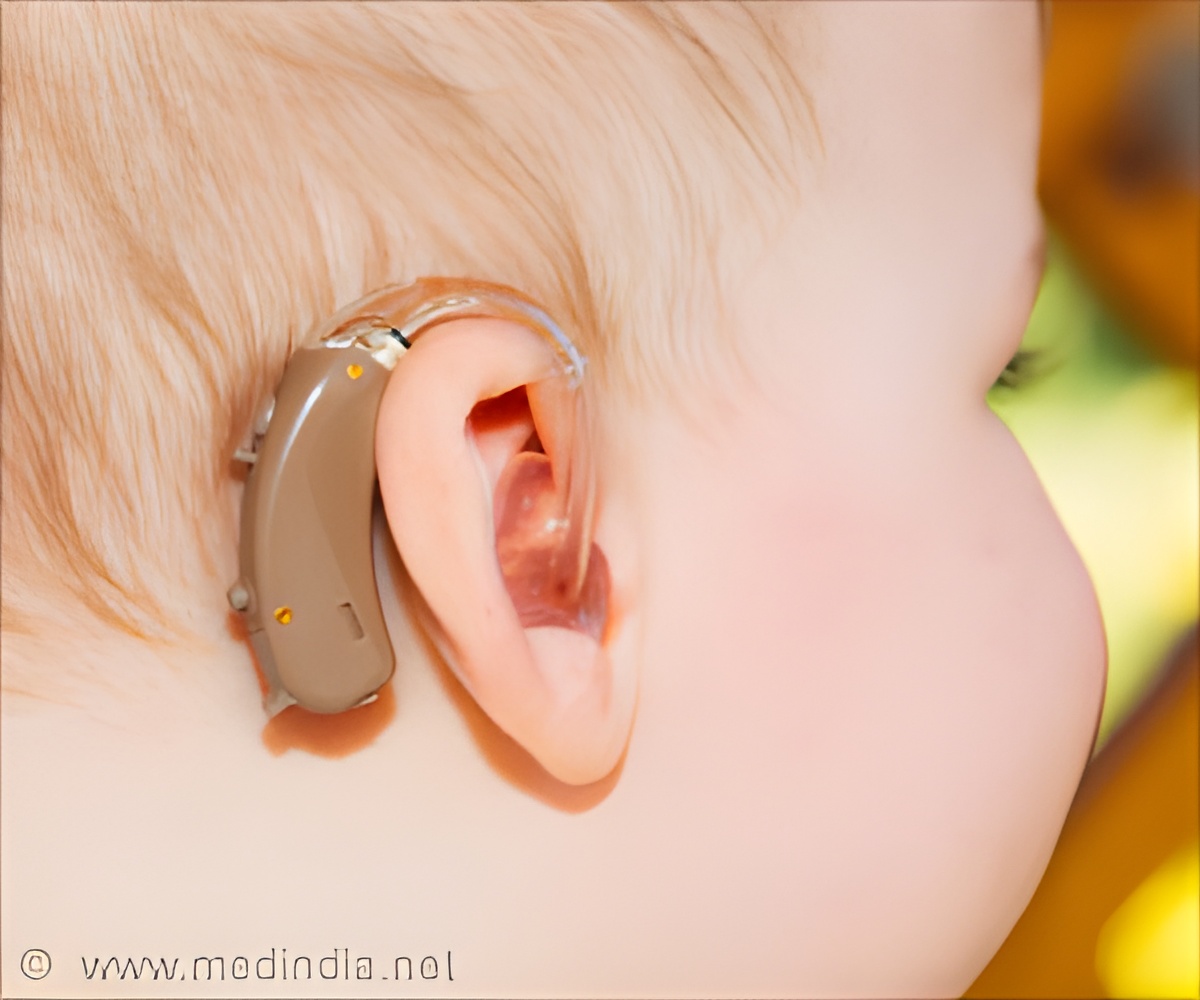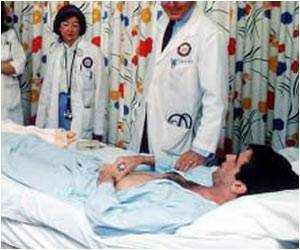The innovation could open the door for aspiring surgeons to become proficient in the sought-after but challenging procedure called auricular reconstruction.

They take only as much of that precious cartilage as they need. That leaves medical residents without an authentic material to practice on. Some use pig or adult cadaver ribs, but children's ribs are of a different size and consistency.
The innovation could open the door for aspiring surgeons to become proficient in the sought-after but challenging procedure called auricular reconstruction.
"It's a huge advantage over what we are using today," said lead author Angelique Berens, a UW School of Medicine head and neck surgery resident.
As part of the study, three experienced surgeons practised carving, bending and suturing the UW team's silicone models, which were produced from a 3D-printed mould modelled from a CT scan of an 8-year-old patient.
They compared their firmness, feel and suturing quality to real rib cartilage, as well as a more expensive material made out of dental impression material.
Advertisement
"It's a surgery that more people could do but they are hesitant to start because they've never carved an ear before," said Kathleen Sie, a UW Medicine professor of head and neck surgery.
Advertisement
The findings were presented recently at the American Academy of Otolaryngology: Head and Neck Surgery conference in Dallas.
Source-Medindia












